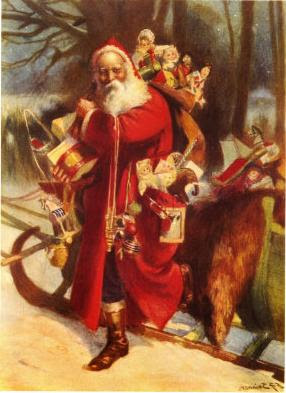In 2004, which seems a very long time ago, even though it isn't really, three books were published by Usborne in the Historical House series. These were: LIZZIE'S WISH, 1857 by me,
POLLY'S MARCH 1919 by Linda Newbery and JOSIE UNDER FIRE 1942 by Ann Turnbull. In 2007, we followed these up with three others. Ann wrote MARY ANNE AND MISS MOZART 1764, I wrote CECILY'S PORTRAIT 1895 and Linda's book was ANDIE'S MOON 1969.The whole thing began with a conversation between Linda Newbery and Megan Larkin. Linda suggested that Megan might commission a series not unlike the A & C Black FLASHBACKS, but with girls as the main characters. FLASHBACKS did have a more boyish focus at that time. It was, Linda tells me, Megan's idea to link the stories through the idea of a house in London with a girl living in it at different periods of history.
I chose to write about the Victorian period and in particular I was interested in writing (even if only tangentially) about Florence Nightingale and the War in the Crimea. At that time, Linda had planted a walnut in a pot to give as a present to David Fickling. She told me about that, and I immediately saw that if I planted a tree in the first book (as it was at that time) then it could grow and flourish through the whole series. My second book, CECILY'S PORTRAIT is a direct sequel to LIZZIE'S WISH and Lizzie herself celebrates her fiftieth birthday in 1895 under the tree she planted in 1857.
Linda and Ann did most of the research work. They walked with Megan Larkin round Chelsea to find the right house. Ann's husband, Tim, made us some lovely floor plans and I was stupid enough to have thought that the back of the house was the front, until my mistake was pointed out to me. I just took advantage of all their hard work. At the beginning, before we'd written a word, we sent one another (and Megan) our synopses. Once we'd agreed that these were okay, we began to write. We swapped information. We showed one another our completed manuscripts. I added a chaise longue to my text which Ann and Linda had previously decided to have in theirs. Ann hid something in her 1764 book for Cecily to find in 1895...and so on. It was an entirely harmonious and pleasant experience, cooperative rather than collaborative.
Usborne couldn't have been more supportive. Megan was a perfect editor: helpful and intelligent. When the books came out, we were given a really spectacular launch, with Nicholas Tucker, in front of quite a large audience, talking to us about the series. This Historical House press conference, so to speak, was followed a really wonderful dinner. I'll never forget Nicholas's first question, because it really took us aback a little. He asked us why the main protagonist in each story was a girl. There wasn't a good answer to give except to say: that's what we decided to do, that was the brief and in any case, why shouldn't all the main protagonists be girls? Having a girl at the centre of each book throws, besides, a totally different light on historical events and one which isn't often explored. The fact that boys were not overlooked in the books also, I think, counted for something.
Usborne arranged many events for us. We spoke to schools and book groups, such as the Federation of Children's Book Groups. In those long-distant days, there wasn't any Twittering and blogging. Yes, O Best Beloved, back then publishers did a great deal of the hard work of promotion and made sure that the book was reviewed, talked about and known in the wider world.
The books were a success, I think. In any case, we were each asked to write another. Ann chose to go back before the first book, to 1764 in her story, which involved Mozart's sister, who came to perform in this country as a girl. Linda's book is about the Moon Landings, which counts as History, even though I remember it very well.
I feel quite unashamed in doing my bit, a few years down the line, to spread the word once more. Children grow up and other children take their place. It would be good if the new generation could enjoy these books now. Though I say it myself as shouldn't, I think this is an excellent series and it deserves to be read again and written about again. For my part, I loved writing my contributions to the set and I wouldn't mind doing the same sort of thing a second time. Thanks, Megan, and thanks to Linda and Ann too.




























.jpg)












































